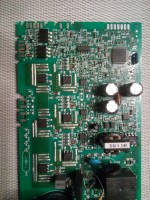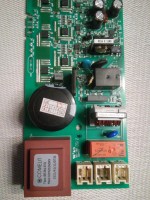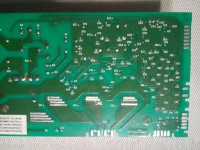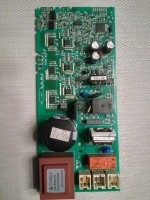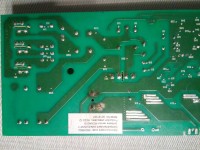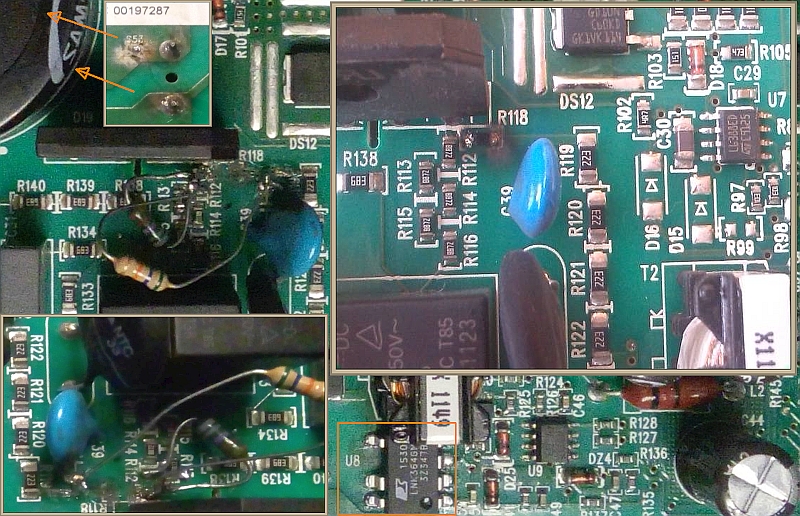Good evening,
As in the topic, the problem with the engine control board. Board number ELEW011.
The dryer came to me with the above-mentioned symptom, after the review of the board, I noticed a damaged R118 resistor that works as a fuse when the LNK364GN converter is damaged.
From the topic: link I concluded that the missing piece of the R118 is the Resistor 56K.
After replacing the inverter and R118, I connected the board and the relay on the main board clicks the voltage on the motor board, but the engine does not start. 3x 50V appears at the output of 3 transistors. I am asking for help from more experienced colleagues in the world of inverters. Below are photos of the board.
As in the topic, the problem with the engine control board. Board number ELEW011.
The dryer came to me with the above-mentioned symptom, after the review of the board, I noticed a damaged R118 resistor that works as a fuse when the LNK364GN converter is damaged.
From the topic: link I concluded that the missing piece of the R118 is the Resistor 56K.
After replacing the inverter and R118, I connected the board and the relay on the main board clicks the voltage on the motor board, but the engine does not start. 3x 50V appears at the output of 3 transistors. I am asking for help from more experienced colleagues in the world of inverters. Below are photos of the board.



